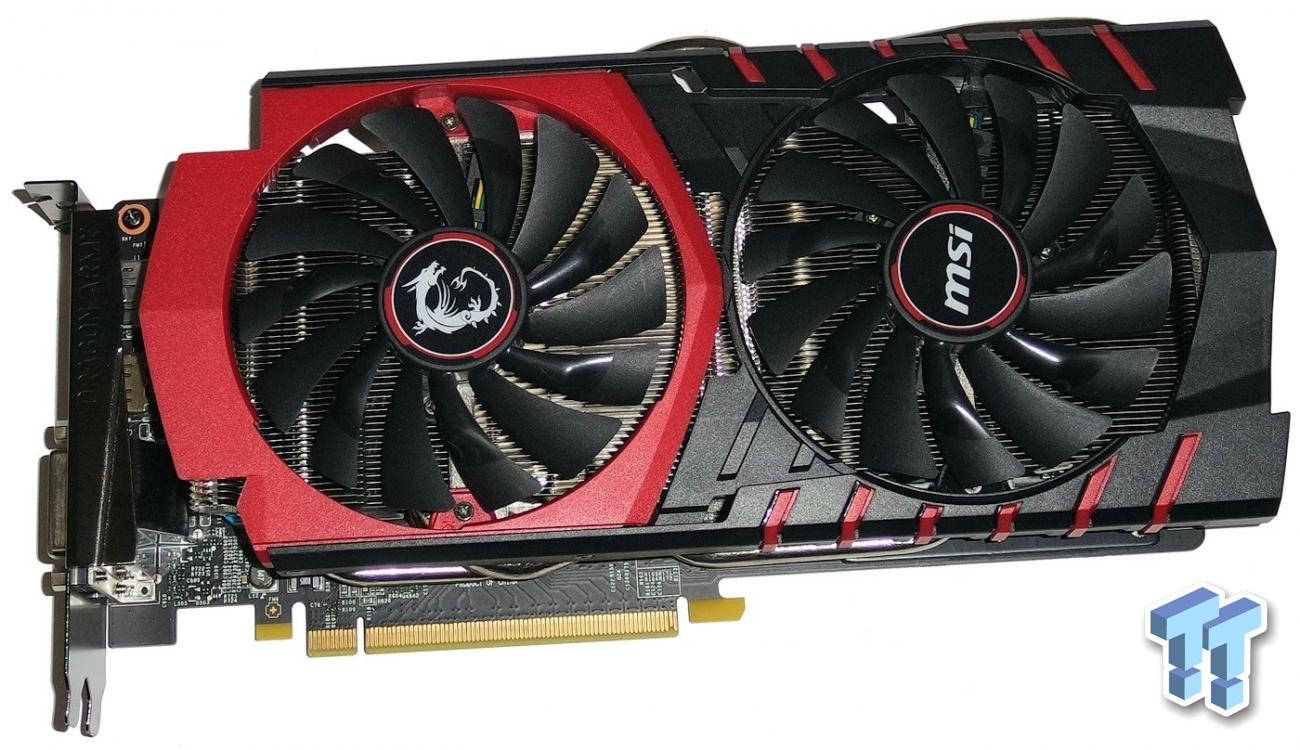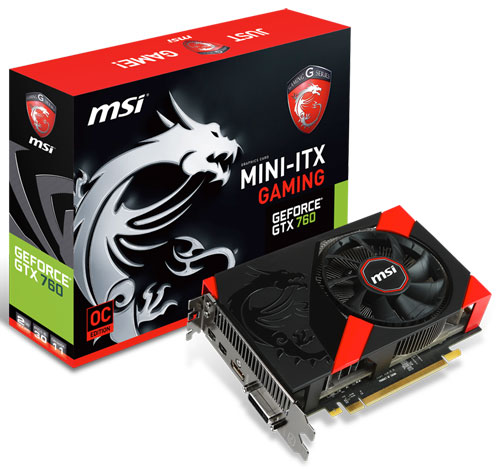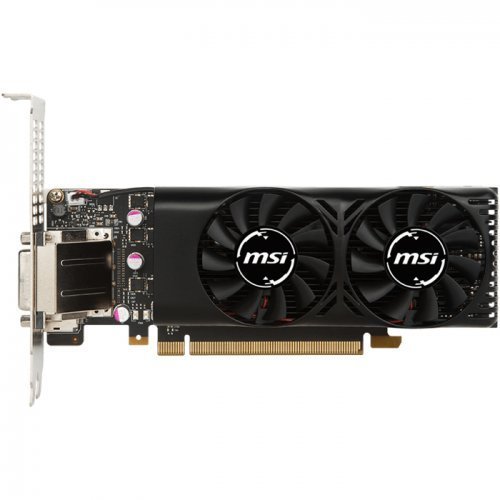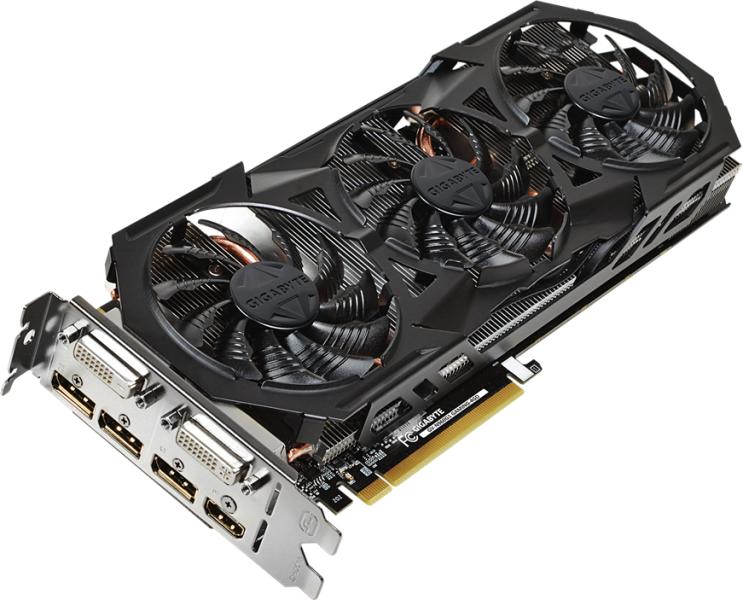
- #GEFORCE GTX 970 MSI ZCASH MINER HOW TO#
- #GEFORCE GTX 970 MSI ZCASH MINER DRIVERS#
- #GEFORCE GTX 970 MSI ZCASH MINER DRIVER#
- #GEFORCE GTX 970 MSI ZCASH MINER PASSWORD#
This setting is getting my card to 1535 / 3557 (using 100% power). Voltage will be set to factory setting (1212 mv in my case) but GPU and memory will then be overclocked. It you save in MSI some settings into profiles (for example +131Mhz GPU / + 50 Mhz Memory), and applying it, then you will overclock your card. Undervolt can be cool as your card will consume less electricity, but can be instable as running high frequencies need power.īut… (still don't really understand what's happening). If you continue sliding the Core Clock (for example +123) then, the frequency won't go further, but you will undervolt your card (mine is 1212mv as factory setting, setting +123 Mhz will switch to 1187 mv). If you manually slide Core Clock slider you can set GPU to the desired frequency (for me +102)Īt this point you will use the maximum frequency (and hashrate) that your card support without overclocking. You wil see that your card isn't at the GPU frequency you manually set with nvidia-smi. If you now check with the 'nvidia-smi.exe -q -d PERFORMANCE' you will see that your card is in P0 state.īut… (and here I don't really understand what's happening, just doing observation and tuning ) Just launch "cmd" as administrator (type cmd in cortana bar, and right click for launching it as an admin)įirst command is for checking your actual pstate You need to be "administrator" for changing pstate.

I will illustrate this with my GTX 970, but you should have different value depending on your nvidia model.
#GEFORCE GTX 970 MSI ZCASH MINER DRIVERS#
You can change pstate using nvidia-smi.exe (installed with nvidia drivers in C:\Program Files\NVIDIA Corporation\NVSMI). So manually switching on P0 will help you having more MHs (telling your card to deliver the maximum performance)Ĭhanging pstate is not overclocking, it just tell your card to run at the maximum supported speed. When mining ether, nvidia drivers dont detect this workload as an intensive one, and then use the P2 pstate. P0 is the maximum pstate, that is used when gaming for example. Nvidia cards have a special mechanisms for auto ajusting GPU/Memory frequencies based on actual GPU workload. Start mining before following this part (for having load on your GPU) GPU/Memory Frequency (pstate) and overclocking
#GEFORCE GTX 970 MSI ZCASH MINER PASSWORD#
-epsw x : pool password if you have one (ethermine don't have).-epool :14444 : for using ethermine pool (you can mine in other one).setx parameters are for GPU configuration.Installing Claymore is straightforward (just unzip where you want to)Ĭreate a new file in the main directory (mining_ether.bat) with the something like :ĮthDcrMiner64.exe -epool :14444 -ewal 0xdc7eFDbBE4aFD15c3385d1156b371333550FdDcF -epsw x -eworker benether.2 -mode 1 -allpools 1 Now you have a nvidia drivers optimized for mining (and most important) Set "Optimise for Compute Performance" to "Yes".Make sure "CUDA - GPUs" is set to "All".Go to "3D Settings" => "Manage 3D" setting and : You should see the following screen (mine is in french, but i will translate for you what needed to be tuned)
#GEFORCE GTX 970 MSI ZCASH MINER DRIVER#
Once driver is installed, go to "Nvidia Configuration Panel" (right click menu on your desktop). Installing last driver should be easy, but some fine tuning is necessary. MSI afterburner : http/vga/MSIAfterburnerSetup.zip.Latest nvidia driver - 384.94 as i'm writing :.Here some downloads links you will need if you want to follow this tutorial :

I'm using Claymore miner and ethermine pool, but you can choose other if you want to.

(and started at 3 MHs, without any optimization).

My setup is very simple : a gaming computer with one NVIDIA KFA2 GTX 970 (Black OC edition). I'm spend lot of time from various resources to have a decent hashrate, and i though it would be usefull for other to have a complete tutorial.
#GEFORCE GTX 970 MSI ZCASH MINER HOW TO#
It's my first post on this forum and I want to share my experience in how to efficiently mine ethereum with Windows 10, Nvidia 9xx GPU (maxwell) and uptodate drivers.


 0 kommentar(er)
0 kommentar(er)
